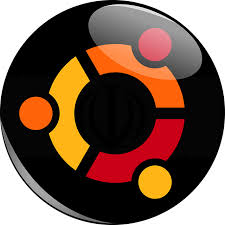
So, the user added after “fred” would have a UID of 201. The UID and GID are often transparent, and are assigned automatically in sequence by the account creation program.


Groups may be things like ‘staff’, ‘student’, ‘engineering’, ‘research’, or any other descriptive term that can be used to partition users in a meaningful way. The group ID (GID) determines the primary category of user that the user is. The user ID (or UID) is a unique number that differentiates a user from any other user.
#Gid linux password#
By contrast, the shadow password file – generally /etc/shadow – is only readable by root. By necessity, all users can read the password file which meant a glaring security risk existed tools could very easily encrypted dictionary words and compare these to the contents of this file. Originally, the encrypted password could be found here. Ironically, passwords are no longer stored in the password file and the “x” in the password field indicates this information is being shadowed. Username:password:userID:groupID:realname:homedirectory:shellįor example, a user “fred” who was added as user 200 and group 100 has an entry that might look like this:įred:x:200:100:Fred Smith:/home/fred:/bin/bash All user accounts are stored here, with identifying information like so:

One of the most critical of all files in Linux is /etc/passwd.
#Gid linux software#
One reason Linux is generally considered to have less security concerns than Windows is not even due to any software protection but simply this practice which was never generally enforced in the Windows world. This minimises the potential destructive power of root. If the Web server ran as root, the rogue CGI program could do any damage it liked.įortunately, most Linux distros enforce good security practices from the get-go by actively encouraging users to log in as an ordinary account, and only become root when required. The CGI program is subject to file permission restrictions. However, if the Web server runs under a typical user account, then a rogue CGI program can not, for example, delete the all-important password file. This is why we say above that programs like Web servers might run with limited access to the system – they will run under some sort of user account like “The Web server might even run CGI programs to perform tasks like database manipulation. They can’t edit or delete files unless they are allowed to do so. They can’t read files that they are not permitted to read. This means a typical user cannot wander into directories where they do not have permission. File permission restrictions do not affect the super-user.Įvery other user is subject to file permission constraints. This super-user can read any file and write to any file. Many users can be logged on to the one Linux computer all at the same time, by remote connections over the Internet or a network, or through terminals that boot from the Linux computer. In fact, there may be many other users in Linux who are not even people – these might be programs running, like a Web server, that execute as a special user with limited access to the system. Each of these people is known as a “user” of the system. Being a multi-user system, Linux can allow many people to use the one computer.


 0 kommentar(er)
0 kommentar(er)
